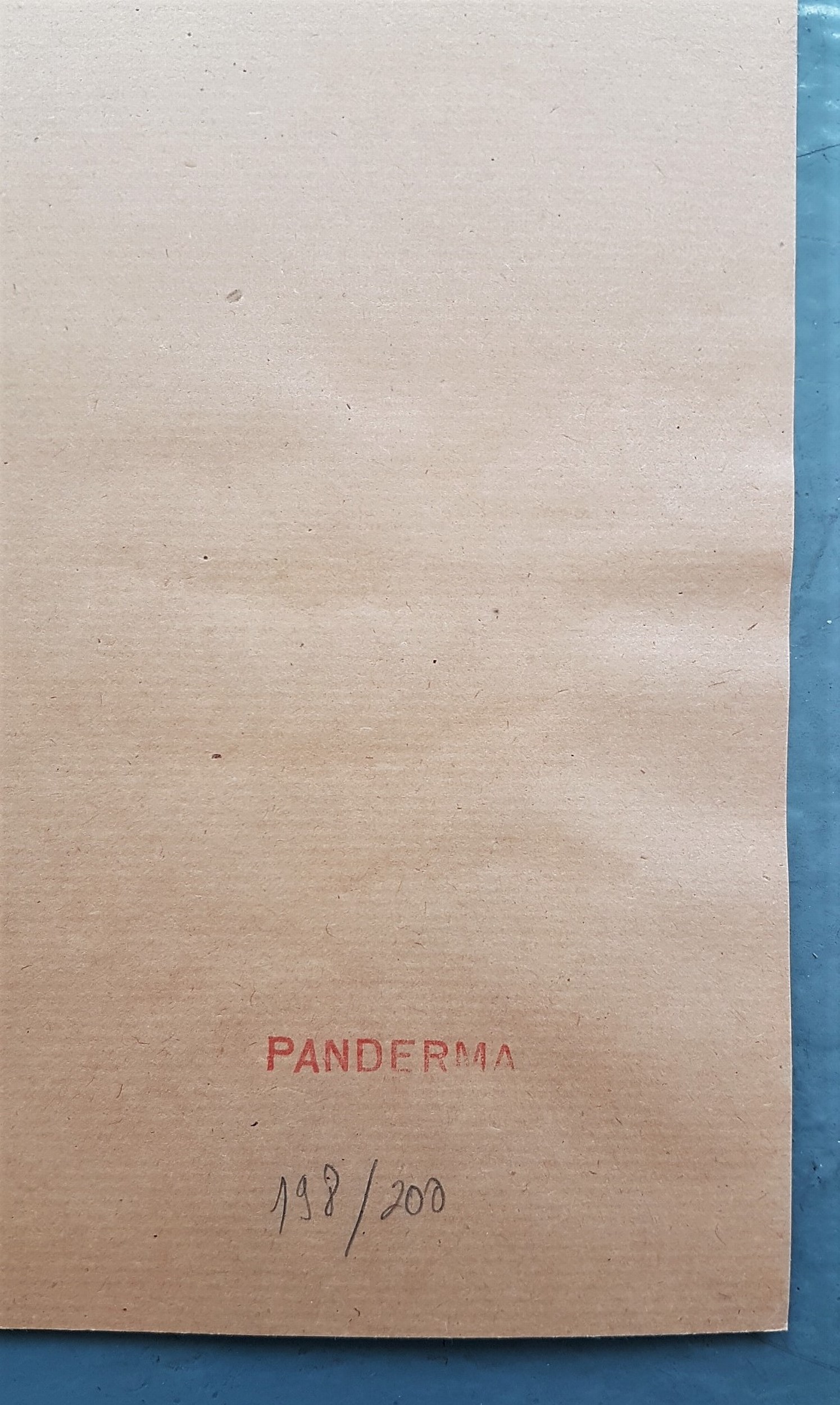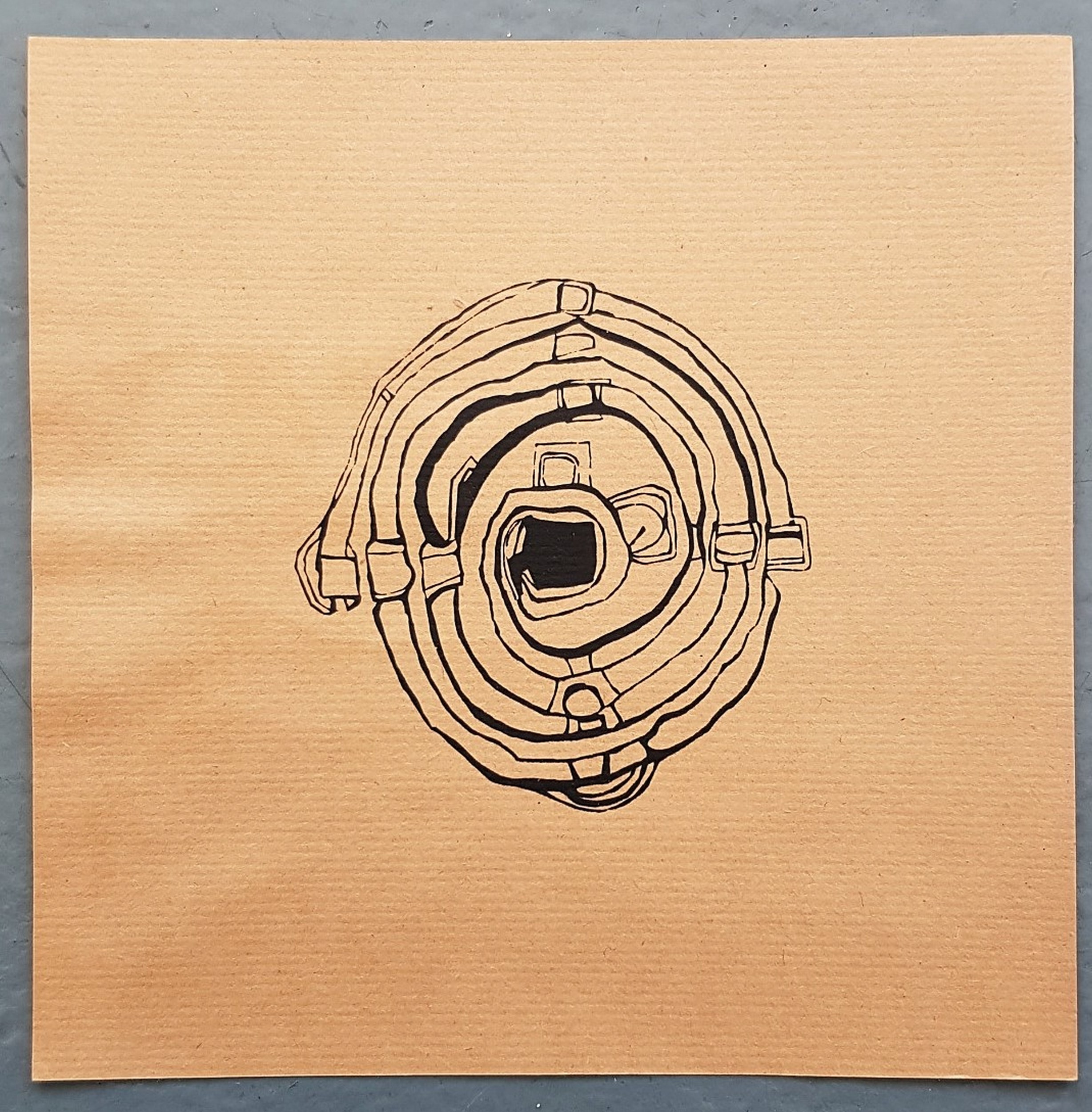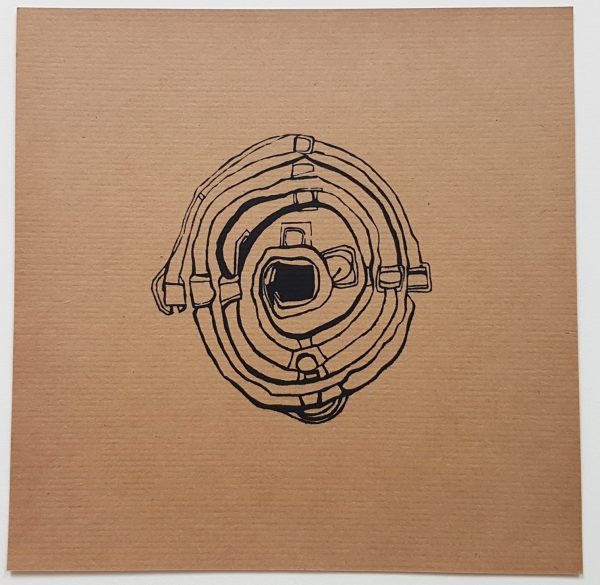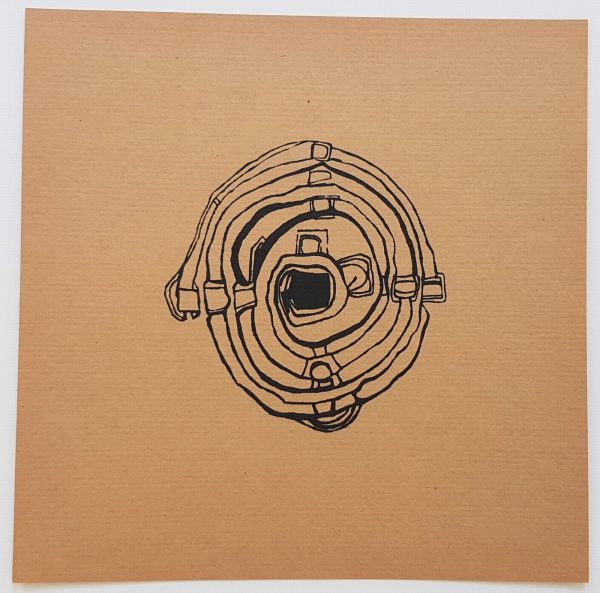No products in the cart.
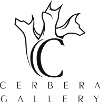
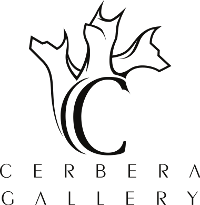
Sold Out
Sold Out
$69.00
Friedensreich Hundertwasser (* 12/15/1928 Wien † 02/21/2000)
Title: Spirale
Silkscreen
Numbered
Size: 3.9 × 3.9 on 7.4 × 7.4 inches
NOTE: Moisture Damage on the Left (SEE IMAGES)
Out of stock
Questions about this piece? Send us a message!
Friedrich Stowasser (December 15, 1928 – February 19, 2000), better known by his pseudonym Friedensreich Regentag Dunkelbunt Hundertwasser, was an Austrian-born New Zealand visual artist and architect who also worked in the field of environmental protection.
Hundertwasser stood out as an opponent of “a straight line” and any standardization, expressing this concept in the field of building design. His best known work is the Hundertwasserhaus in Vienna, Austria which has become a notable place of interest in the Austrian capital, characterised by imaginative vitality and uniqueness.
Hundertwasser’s original and unruly artistic vision expressed itself in pictorial art, environmentalism, philosophy, and design of facades, postage stamps, flags, and clothing (among other areas). The common themes in his work utilised bright colours, organic forms, a reconciliation of humans with nature, and a strong individualism, rejecting straight lines.
He remains sui generis, although his architectural work is comparable to Antoni Gaudí (1852–1926) in its use of biomorphic forms and the use of tile. He was also inspired by the art of the Vienna Secession, and by the Austrian painters Egon Schiele (1890–1918) and Gustav Klimt (1862–1918).
He was fascinated by spirals, and called straight lines “godless and immoral” and “something cowardly drawn with a rule, without thought or feeling” He called his theory of art “transautomatism”, focusing on the experience of the viewer rather than the artist. This was encapsulated by his design of a new flag for New Zealand, which incorporated the image of the Koru a spiral shape based on the image of a new unfurling silver fern frond and symbolizing new life, growth, strength and peace according to the Māori people.
Other Artwork by Friedensreich Hundertwasser
Description
Friedrich Stowasser (December 15, 1928 – February 19, 2000), better known by his pseudonym Friedensreich Regentag Dunkelbunt Hundertwasser, was an Austrian-born New Zealand visual artist and architect who also worked in the field of environmental protection.
Hundertwasser stood out as an opponent of “a straight line” and any standardization, expressing this concept in the field of building design. His best known work is the Hundertwasserhaus in Vienna, Austria which has become a notable place of interest in the Austrian capital, characterised by imaginative vitality and uniqueness.
Hundertwasser’s original and unruly artistic vision expressed itself in pictorial art, environmentalism, philosophy, and design of facades, postage stamps, flags, and clothing (among other areas). The common themes in his work utilised bright colours, organic forms, a reconciliation of humans with nature, and a strong individualism, rejecting straight lines.
He remains sui generis, although his architectural work is comparable to Antoni Gaudí (1852–1926) in its use of biomorphic forms and the use of tile. He was also inspired by the art of the Vienna Secession, and by the Austrian painters Egon Schiele (1890–1918) and Gustav Klimt (1862–1918).
He was fascinated by spirals, and called straight lines “godless and immoral” and “something cowardly drawn with a rule, without thought or feeling” He called his theory of art “transautomatism”, focusing on the experience of the viewer rather than the artist. This was encapsulated by his design of a new flag for New Zealand, which incorporated the image of the Koru a spiral shape based on the image of a new unfurling silver fern frond and symbolizing new life, growth, strength and peace according to the Māori people.
